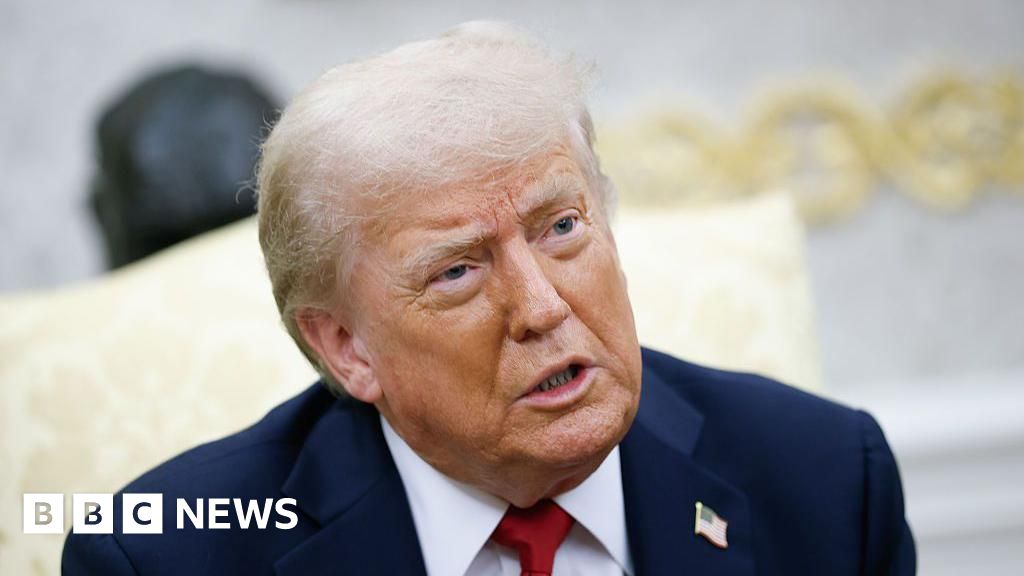COP28 is just weeks away. UN Climate Talks are criticized for producing weak outcomes. But the world … [+]
SOPA Images/LightRocket via Getty Images
Komati Power Station became operational in the 1960s. It was a vast and impressive facility. It had twice the capacity of any other power station in South Africa at that time. But, in October 2022, the turbines of this once-mighty power plant spun for the final time.
Since then, the towering concrete edifice of Komati has undergone a remarkable transformation. It is becoming a mix of batteries, wind turbines, and solar panels. This change will create jobs and benefit about 15,000 people in the community.
This endeavor is a test case in global cooperation. The U.S., World Bank, and other countries agreed to fund South Africa’s transformation from coal to clean energy. They promised $8.5 billion at Glasgow’s 2021 COP26 climate talks. During those negotiations, countries also agreed collectively to phase out coal. Now, promises are being translated into action.
********
As we approach COP28 in Dubai, this year’s annual UN climate conference, criticism is inevitable. Critics will focus on the summit’s president, the CEO of a big state-owned oil company. Others will question the value of the COP process and 75,000 people going to Dubai. UN climate summits indeed have their flaws. But they remain one of our best hopes for addressing climate change. Governments should ensure their small but dedicated secretariat is fully funded and supported. It’s more than funding a summit; it’s an investment in delivering a sustainable future.
To provide context, the United Nations Framework Convention on Climate Change (“UNFCCC”) is charged with reducing global climate emissions. Every year since 1994, the UNFCCC convenes a meeting called the Conference of the Parties or COP. The COP’s mandate is to negotiate collective action to reduce global emissions. It also tracks how ambitious countries are and pushes them to accelerate their so-called “Nationally Determined Commitments” (“NDCs”) to reduce emissions even further.
Nowadays, there are two COPs: official talks and what occurs on the sidelines. Some argue that the latter is like a festival that has become more important and impactful. It provides a catalyst for driving new partnerships that focus on achieving specific goals in different sectors. At COP27 in Egypt, a new partnership was announced to help Indonesia stop using coal. They looked to South Africa’s experience for inspiration.
The Breakthrough Agenda is another notable example. Forty-five world leaders launched it at COP26. Its premise is to make clean technologies and sustainable practices more affordable and accessible. This applies to power, transport, steel, hydrogen, agriculture, and other sectors. The UNFCCC increasingly plays a role in facilitating the delivery of these ‘side’ initiatives. Climate negotiator Simon Sharpe argues COPs should lean into producing more of these highly targeted sectoral partnerships. They should. Yet, the value of the ‘official COP’ should not be understated either.
The official COPs face criticism similar to that the UN regularly receives. A lot of this is centered around the outcomes they produce. Some argue that current NDCs are not ambitious enough. The lack of implementation of existing NDCs concerns other critics. These criticisms are slightly misplaced, however.
National governments, not the UNFCCC secretariat, are responsible for setting and meeting targets. If anything, the UNFCCC and the COP process have led to more action than we would otherwise have seen without it. We would still see some voluntary initiatives and coalitions of the willing for sure if it didn’t exist. But way less without the convening power of COP. Joint pressure to deliver at COP26 is what helped spur countries to agree to fund South Africa’s energy transition. We also wouldn’t see much national collective action without the attention COPs generate. Progress altogether would be slower and partial than what we see today.
The 2015 Paris Agreement itself is the product of the COP process. It requires countries to limit global temperature increases to 2°C or 1.5°C by 2100. These targets are based on preindustrial times. Paris also includes ways to hold governments accountable for improving their NDCs over time. For example, the Global Stocktake is a periodic review taking place for the first time this year. The UNFCCC does the hard work of compiling it. Governments at COP28 must respond to its findings. It will be a reckoning of how far we’ve come.
The 2023 Stocktake’s findings themselves show the value of the COP process: in 2010, scientists projected that the temperature would rise by 3.7–4.8°C by 2100. Post-Paris, by the end of 2022, it decreased to 2.4–2.6°C. If countries meet their pledges, it could decrease to 1.7–2.1°C. This is still not enough. However, it’s hard to say where we would be without a yearly push to jolt governments into action. Today, most countries have NDCs and agreed to achieve net zero emissions by 2050.
Simon Stiell, the Executive Secretary of the UNFCCC, wants the Global Stocktake to impact climate action significantly. For example, advocates can use it as a “springboard” to push their governments to adopt more ambitious plans over the coming two years ahead of Brazil’s hosting of COP30 in 2025.
The accountability COPs provide has only grown in recent years. Fifteen years ago, they only attracted presidents and prime ministers occasionally. Now, we expect them to be present yearly. After facing criticism, British Prime Minister Rishi Sunak changed his mind and decided to attend COP27.
British Prime Minister Rishi Sunak was criticized for initially deciding to skip COP27. He quickly … [+]
Getty Images
There is a reason why some political leaders may prefer to skip COPs. When they attend, they face immense pressure to deliver increased ambition. In 2021, then-Australian Prime Minister Scott Morrison’s COP26 speech received lousy coverage. He was attacked for mediocre commitments compared to those of other advanced economies. Climate change was a crucial issue in the subsequent 2022 election, which Morrison lost. In the months leading up, the then-opposition Labor Party criticized Morrison for embarrassing Australia internationally. In contrast, Labor promised to host a future COP to improve Australia’s climate reputation.
The UNFCCC has sped up action on climate change in the past few decades. Of that, there can be no doubt. Despite this positive impact, the UNFCCC’s secretariat is constrained by limited resources. Governments gave the UNFCCC $10 million less than it requested last year. This means the UNFCCC relies on voluntary funding often tied to specific projects. As a result, many of the tasks it is mandated to do may not be done well in the future. This includes, for instance, delivering its essential accountability role, putting sustained progress at risk. The reality, too, is that it needs increased funds to oversee two simultaneous COPs: one focused on national targets and the other focused on increasing sectoral ambition.
In Kim Stanley Robinson’s Ministry of the Future, the world establishes an elite body under the Paris Agreement. Its mandate is to fast-track targeted projects that can prevent climate calamity. In reality, that entity already exists in the UNFCCC. Emissions are projected to peak this decade due in no small part to its work and the COP framework. To keep momentum going, it is crucial to invest in both. The UNFCCC only needs a relatively small amount of money, less than 0.1% of New York City’s 2024 budget. Yet it’s an investment future generations will thank us for.
Michael Sheldrick is the author of the upcoming book: “From Idea to Impact: A Playbook for Influencing and Implementing Change in a Divided World.” Available for pre-order here.
Credit: Source link










